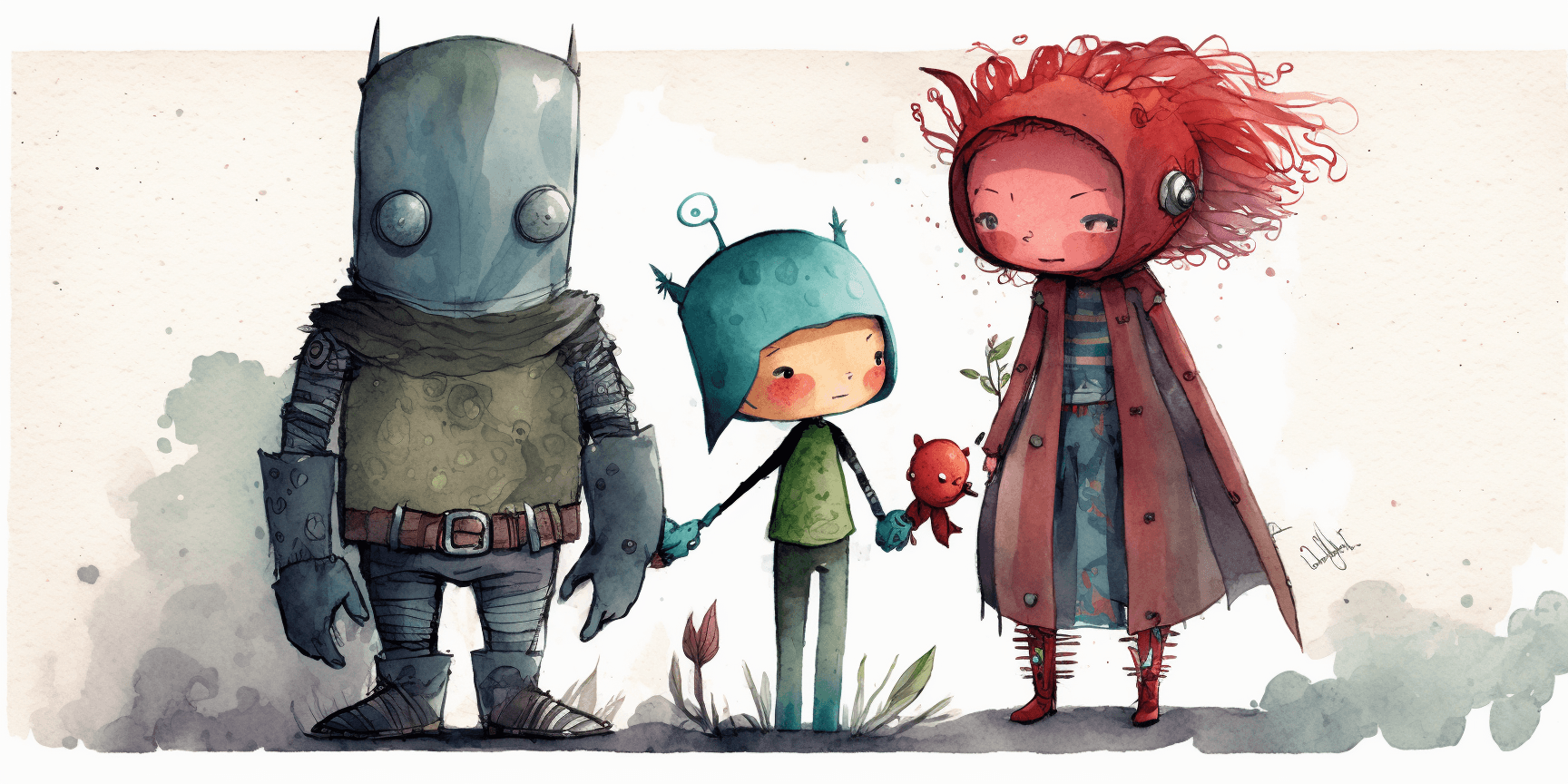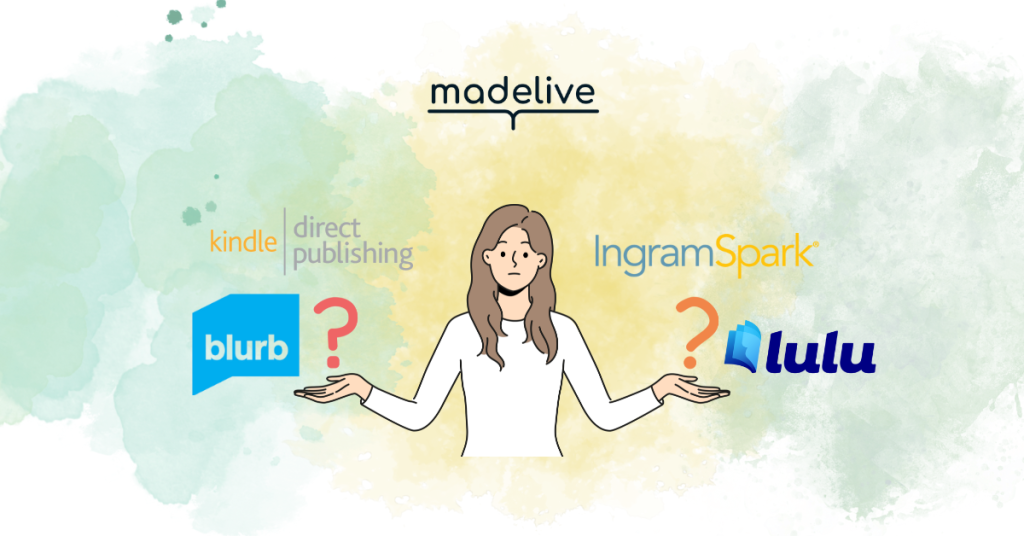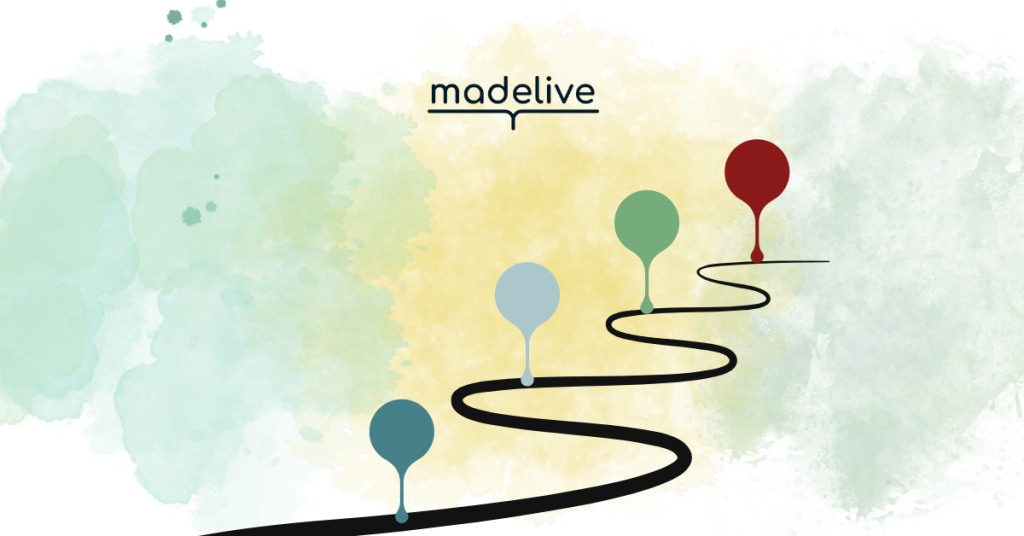According to a 2023 study by Scholastic, 78% of children report that they’re more likely to finish a book when they connect with the main character’s journey and decisions.
Table of contents
- What is Character Agency and Why Does it Transform Children’s Books?
- High vs. Low Agency: Spotting the Difference
- Creating Age-Appropriate Agency: A Visual Guide
- Real-World Examples: Agency in Action Across Age Groups
- The Strategic Role of Adults in Children’s Stories
- Character Flaws: The Engine of Agency and Growth
- The Balancing Act: Realism vs. Empowerment
- Character Development Through Agency: The Four-Step Process
- The Diversity Imperative: Agency Across Identities
- Visual Agency: How Illustrations Enhance Character Power
- Voice and Dialogue: How Characters Express Agency
- Common Pitfalls to Avoid When Creating Character Agency
- Agency Revision Guide: Strengthening Low-Agency Scenes
- Character Agency: Frequently Asked Questions
What is Character Agency and Why Does it Transform Children’s Books?
Character agency—the ability of protagonists to make meaningful choices that drive the story forward—isn’t just a storytelling technique; it’s a developmental powerhouse. When young readers encounter characters who solve problems and overcome obstacles through their own decisions, they absorb crucial life lessons about their own potential.
“Adults often view kids as largely powerless and subject to a wide array of forces outside of their control, but children’s literature is nearly always about kids’ agency,” explains children’s literature expert Nathan Bransford. This reflects a fundamental truth: while children may have limited autonomy in real life, stories provide a safe space to explore what independence feels like.
The Four Transformative Powers of Character Agency
When young protagonists make decisions that drive the story forward, four powerful developmental benefits emerge:
- Self-efficacy development: Seeing characters their own age solve problems reinforces children’s belief that they too can face challenges successfully
- Critical thinking reinforcement: Characters who work through solutions step-by-step demonstrate problem-solving strategies that readers can apply to their own lives
- Emotional resilience building: Stories showing characters persevering through setbacks and failures nurture a growth mindset
- Independence preparation: Children begin to envision themselves as capable individuals with the power to influence their circumstances
High vs. Low Agency: Spotting the Difference
At its core, character agency means that your protagonist’s decisions and actions drive the plot forward, rather than simply having events happen to them.
Children’s fiction editor Krystle Appiah puts it succinctly: “The story shouldn’t be happening to your main characters. Even if they have to go in unexpected directions or come up against obstacles, your main character’s actions and decisions should shape the story.”
Compare These Scenarios:
Low Agency Scenario: Max is nervous about the school talent show. His teacher signs him up anyway, and his parents help him prepare his act. During the performance, he gets stage fright, but his sister steps in to help him finish.
High Agency Scenario: Max dreams of performing in the talent show but battles intense stage fright. After trying several approaches to manage his anxiety (with guidance from adults), he develops his own coping strategies. During the performance, he faces his fear, has a momentary freeze, but draws on his preparation to continue on his own.
The second scenario resonates more deeply because Max drives the action through his choices and growth—even though he still experiences realistic challenges.
Creating Age-Appropriate Agency: A Visual Guide
| Age Group | Typical Agency Level | Appropriate Problems | Adult Role |
| Picture Books (3-7) | Localized agency within safe environments | Finding lost items, overcoming simple fears, navigating basic social situations | Present but allowing child-led solutions |
| Early Readers (6-9) | Neighborhood/school agency | Solving mysteries, handling friendships, school challenges | Available but encouraging independence |
| Middle Grade (8-12) | Community agency | Complex social dynamics, identity questions, meaningful responsibilities | Advisory capacity |
| Young Adult (12+) | Broader social agency | Ethical dilemmas, systemic challenges, identity formation | Partnership or background presence |
Real-World Examples: Agency in Action Across Age Groups
Picture Book: “The Dot” by Peter H. Reynolds
Vashti believes she can’t draw until her teacher encourages her to “make a mark and see where it takes you.” Rather than drawing for Vashti, the teacher frames a simple dot Vashti made in frustration. This small act of validation inspires Vashti to experiment with many dots, developing her own artistic style. By the end, she passes this agency on, encouraging another child who believes they can’t draw.
Watch a read aloud here, learn more here, check it out at your local library, or buy a copy at your local independently owned bookstore.
Early Reader: Ramona Quimby in “Ramona the Brave”
When Ramona’s teacher misinterprets her paper bag owl, calling it a “monster,” Ramona faces a choice: accept the misunderstanding or advocate for herself. She chooses to tearfully explain her creation, showing young readers that speaking up for yourself, even when it’s difficult, is important. Beverly Cleary doesn’t have an adult step in to explain—Ramona must navigate this challenge herself.
Learn more here, check it out at your local library, or buy a copy at your local independently owned bookstore.
Middle Grade: “Front Desk” by Kelly Yang
Mia Tang helps manage her immigrant parents’ motel while facing discrimination, poverty, and school challenges. Rather than having adults solve her problems, Mia develops her own solutions—writing letters to advocate for justice, cleverly managing difficult customers, and forming strategic alliances. Her parents provide guidance but Mia ultimately drives the action through her own decisions.
Young Adult: “The Hate U Give” by Angie Thomas
Starr Carter witnesses the police shooting of her unarmed friend and must decide whether to speak out. While adults provide context and support, the central decisions—how to handle her grief, whether to testify, how to use her voice—are Starr’s alone. Her agency expands beyond personal problems to engaging with systemic injustice.
The Strategic Role of Adults in Children’s Stories
One of the most important decisions you’ll make is how to position adult characters in relation to your protagonist’s agency. As Bransford suggests, “Rather than putting the adults wholly in charge and dictating motivations to the children, try as much as possible to put the adults in service of the kids.”
The Three Types of Adult Characters:
1. Helpers: Adults who provide tools, information, or emotional support without taking over
- Example: Ms. Frizzle in “The Magic School Bus” creates opportunities for discovery but lets students find answers themselves
2. Obstacles: Adults who create challenges the protagonist must navigate
- Example: Miss Trunchbull in “Matilda” represents authority that must be cleverly outmaneuvered
3. Mentors: Adults who guide but ultimately require the child to make their own decisions
- Example: Charlotte in “Charlotte’s Web” offers wisdom but Wilbur must ultimately face challenges himself
Character Flaws: The Engine of Agency and Growth
Perfect characters rarely engage readers or demonstrate meaningful agency. Give your characters authentic flaws that:
- Create internal conflict that drives decision-making
- Feel authentic to their age and experience
- Provide natural opportunities for growth through choices
As editor Krystle Appiah notes, “No-one likes a goody-two-shoes. Perfect main characters are usually boring, but more importantly, they’re not realistic. Most often, the reason readers connect with main characters is because we can imagine ourselves in their shoes, making the same mistakes.”
Effective Character Flaws Across Age Categories:
Picture Book Age:
- Impatience (leads to learning about waiting)
- Fear of new experiences (leads to discovery)
- Difficulty sharing (leads to friendship lessons)
Early Reader Age:
- Jumping to conclusions (leads to mystery-solving skills)
- Showing off (leads to authentic friendship formation)
- Being overly rigid (leads to flexibility development)
Middle Grade Age:
- Insecurity masked by bravado (leads to genuine confidence)
- Tendency to keep secrets (leads to trust development)
- Quick temper (leads to emotional regulation)
Young Adult Age:
- Identity confusion (leads to self-discovery)
- Risk aversion or recklessness (leads to balanced judgment)
- Prejudice or limited perspective (leads to expanded worldview)
The Balancing Act: Realism vs. Empowerment
While young characters should have meaningful agency, maintaining believability is crucial for reader engagement. Consider these constraints and opportunities:
Physical limitations:
- What can a child of this age realistically do?
- Where might they have unexpected capabilities (e.g., smaller size, flexibility)?
Knowledge boundaries:
- What information would they plausibly have access to?
- What unique knowledge might they possess that adults overlook?
Environmental constraints:
- What freedoms would they actually have in their setting?
- What environmental factors might provide unique opportunities?
The magic lies in creating scenarios where children can realistically solve problems within these constraints—perhaps using creativity, persistence, or their unique perspective to see solutions adults miss.
Character Development Through Agency: The Four-Step Process
Character growth is most compelling when it emerges from the protagonist’s choices and actions. Implement this four-step process in your character development:
- Establish a clear want vs. need gap:
- Want: The external goal your character pursues (winning a contest, finding a treasure)
- Need: The deeper emotional growth required (self-acceptance, courage, trust)
- Create meaningful choice points:
- Present dilemmas where both options have real consequences
- Ensure choices reflect your character’s personality and values
- Make decisions increasingly difficult as the story progresses
- Allow for instructive failure:
- Let characters make mistakes based on their flaws
- Show the natural consequences of these choices
- Demonstrate how lessons from failures inform future decisions
- Show progressive growth:
- Illustrate how solving external problems leads to internal development
- Have characters apply earlier lessons to later challenges
- Ensure the final resolution requires applying their full development
The Diversity Imperative: Agency Across Identities
Creating diverse characters with authentic agency is essential in contemporary children’s literature. When developing characters from various backgrounds:
- Research thoroughly to avoid stereotypes and clichés
- Consider how a character’s background might influence their agency (without defining them by it)
- Ensure all characters have meaningful choices and development opportunities
- Represent diverse experiences while recognizing universal childhood emotions
Children’s author and editor Heidi Fiedler emphasizes this need: “We need more she/her and they/them characters! We are far from seeing people of color well represented in picture books… So please create characters that reflect the world we live in.”
Visual Agency: How Illustrations Enhance Character Power
In illustrated children’s books, visual elements should reinforce character agency through:
Active postures and expressions:
- Characters should be shown in action rather than passive poses
- Body language should communicate determination and purpose
- Facial expressions should reveal decision-making moments
Visual perspectives that emphasize the child’s viewpoint:
- Illustrations from the child character’s eye level
- Visual focus on elements important to the character
- Scale that reflects how children perceive their world
Character design that supports agency:
- Clothing and accessories that reflect personality and enable action
- Consistent visual character traits that support their role in the story
- Design evolution that subtly reflects character growth
Voice and Dialogue: How Characters Express Agency
How characters speak reveals their agency and development through:
Age-appropriate assertiveness:
- Characters with agency express opinions and make requests
- Dialogue shows decision-making in action
- Speech patterns reflect growing confidence
Evolution of voice:
- Dialogue can change to show character development
- Early hesitation can transform into later confidence
- Question patterns can shift to statement patterns
Internal monologue (in longer works):
- Reveals the thinking behind decisions
- Shows the character weighing options
- Demonstrates growth in problem-solving approaches
Common Pitfalls to Avoid When Creating Character Agency
When creating characters with agency, watch out for these five common mistakes:
- The Swooping Adult Syndrome:
- Problem: Adults who consistently solve problems undermine the child character’s agency
- Solution: Create adults who guide rather than direct, and who sometimes make mistakes
- The Superhero Child:
- Problem: Unrealistically capable children undermine relatability
- Solution: Balance special talents with age-appropriate limitations and realistic struggles
- Consequence-Free Agency:
- Problem: Choices without meaningful impacts feel hollow
- Solution: Ensure decisions have both positive and negative repercussions
- Static Agency:
- Problem: Characters who don’t grow through their choices miss development opportunities
- Solution: Create a clear progression of increasingly meaningful decisions
- Convenient Agency Fluctuations:
- Problem: Characters suddenly losing decision-making ability when the plot requires it
- Solution: Maintain consistent character capabilities throughout the story
The Character Agency Worksheet: A Tool for Authors
Use this practical worksheet to evaluate and strengthen your character’s agency:
Agency Revision Guide: Strengthening Low-Agency Scenes
Use this three-step process to identify and fix low-agency scenes in your manuscript:
1: Identify Low-Agency Red Flags:
- Scenes where adults solve the main problem
- Long passages without character decisions
- Convenient coincidences that resolve conflicts
- Passive language describing your protagonist’s actions
2: Transform Problem Scenes:
- Replace coincidences with character-driven solutions
- Convert passive language to active decisions
- Rewrite adult interventions as child-led problem-solving
- Add choice points to scenes lacking decisions
3: Verify Improved Agency:
- Ensure the protagonist drives the scene through decisions
- Check that consequences flow naturally from choices
- Confirm that character growth advances through the scene
- Validate that any adult help supports rather than replaces child agency
Character Agency: Frequently Asked Questions
Yes, even very young protagonists can demonstrate meaningful agency in picture books through age-appropriate decisions. For preschool-aged characters, agency often involves simple choices like deciding to try something new, finding a creative solution to a small problem, or showing emotional growth. The key is creating challenges that reflect a young child’s world—like sharing toys, overcoming fears, or making friends. Effective examples include “The Dot” by Peter H. Reynolds and “Jabari Jumps” by Gaia Cornwall, where young characters make decisions that feel significant to their developmental stage while remaining believable to young readers.
Balance parental involvement by positioning adults as guides rather than problem-solvers. Parents and caregivers should provide emotional support, offer tools or information, create safe boundaries, and sometimes present obstacles—but the crucial decisions and actions should remain with the child protagonist. Consider using techniques like: having adults be physically absent during key moments; creating scenarios where adult solutions don’t work; showing adults who respect a child’s approach even when it differs from their own; or demonstrating adults who acknowledge their own limitations. The most effective parent characters enhance rather than replace a child’s agency.
Character agency means protagonists make meaningful choices that drive the story forward, while unrealistic independence ignores age-appropriate limitations. The key difference is believability—agency works within realistic constraints of a character’s age, setting, and capabilities. A character with agency might seek help when needed but makes the crucial decisions themselves. An unrealistically independent character might solve problems beyond their developmental capacity or face no consequences for risky choices. Effective agency acknowledges a child’s limitations while highlighting their unique strengths, creating characters who feel both empowered and authentic.
Antagonists and obstacles are essential for developing character agency because they create the resistance against which protagonists must exercise their decision-making abilities. When characters face meaningful challenges—whether from human antagonists, environmental obstacles, or internal conflicts—they’re forced to make choices, develop strategies, and take action. These challenges reveal character, build tension, and provide opportunities for growth. The best antagonists create problems that can’t be easily solved, requiring protagonists to develop new skills or perspectives. Without significant obstacles, characters have no need to demonstrate agency, resulting in flat, unconvincing storytelling.
To revise a completed manuscript for increased character agency, first identify low-agency scenes where adults solve problems, coincidences resolve conflicts, or your protagonist remains passive. Next, transform these scenes by: replacing adult interventions with child-led solutions; converting passive language to active decision-making; eliminating convenient coincidences; and adding meaningful choice points with consequences. Finally, ensure your protagonist’s capabilities remain consistent throughout the story and that their decisions drive the plot forward. Pay special attention to your climax—the resolution should emerge primarily from your protagonist’s choices and actions rather than external intervention or luck.
Increasing character agency doesn’t mean eliminating adults—it means positioning them strategically to support rather than replace the child protagonist’s journey. Adults serve crucial roles in children’s stories as mentors, helpers, or even obstacles that provide context and boundaries for the child’s agency. The key distinction is that while adults may guide, advise, or create safe spaces for exploration, the significant decisions and actions that drive the plot forward should come from the child protagonist. Effective stories often show a balance where adults provide necessary support while still requiring the child to solve their own problems, reflecting the reality of childhood while empowering young readers.
Yes, a character can have too much agency when their capabilities exceed believable boundaries for their age, creating a “mini-adult” that young readers can’t relate to. Effective character agency operates within age-appropriate limitations regarding physical abilities, emotional development, and knowledge. For instance, a six-year-old protagonist shouldn’t be navigating complex social systems alone or making decisions that require abstract thinking beyond their developmental stage. The sweet spot lies in creating characters who demonstrate resourcefulness and decision-making within realistic constraints—showing ingenuity and determination appropriate to their age while acknowledging the necessary role of adults in a child’s world.
Ready to Bring Your Characters to Life?
Creating characters with authentic agency is just one aspect of crafting unforgettable children’s books. Ready to take your story to the next level?
For Self-Guided Creators
Our Made Live Platform includes character development tools and templates specifically designed to help you create protagonists with meaningful agency. Try it free for 7 days. Click below to learn more and start your free trial.
Create Agency-Driven Characters →
For Community Learning
Join our Self-Publishing Club for monthly workshops on character development, including direct feedback on your protagonists from published authors and fellow creators. Click below to learn more and sign up for our next cohort.
Join Our Community →
For Personalized Guidance
Work one-on-one with a publishing professional through our Author Coaching program to develop memorable characters tailored to your specific story and audience. Click the button below to learn more and schedule your free 15-minute consultation.
Get Personalized Character Feedback →
Whichever path you choose, you’ll have the tools and support to create characters that truly resonate with young readers.




